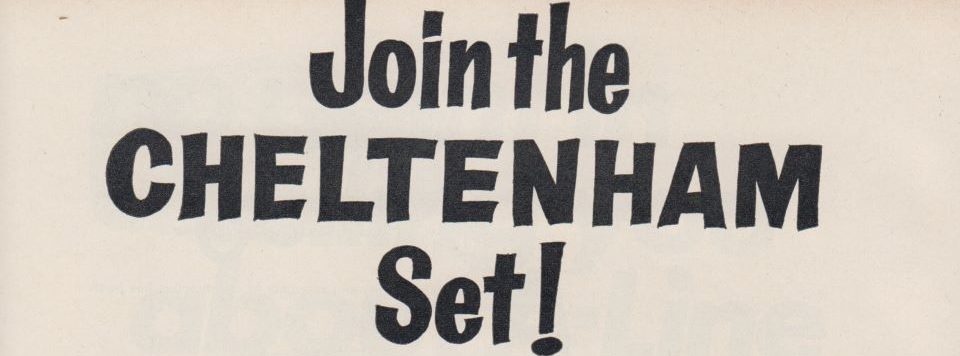After recently completing a major roof and ceiling repair, the question of a suitable but not intrusive seal became apparent. I was not keen on using the thick rubber based seal of old; sometimes a car boot seal is used, so attention was centred on making up one.
The internal ‘walls’ , or to give them a technical term “up-stands” of the opening had been replaced with light oak faced ply, and did look quite pleasing. Now with the two parts of the opening, GRP outer and light oak faced ply inner there becomes a natural channel in which to start. It is possible if the up-stands have been replaced there could be a gap between the two walls. After feeding in some sealant adhesive then pushing in a suitable piece of ply it is possible the two conclusions are found. One is that the volume used of the sealant is reduced, but perhaps more importantly the whole area is strengthened way beyond what was previously fitted. I made sure that the extra reinforcements were set in where the screws for the hinge brackets would be for added security and strength.
Using a Tiger Seal Silicone Adhesive/Sealer, the same product used in assembling Luton type van bodies; in white, I proceeded to build up a base for a final bead just proud of the top. Letting the preceding runs dry overnight or better still over 24 hours. The final bead was laid then grease proof paper strips placed over the Tiger seal to prevent the seal from sticking to the Moor-light. The Moor-light roof is then lowered and pulled down. If the bracket assemblies have been removed, hang some heavy weights from the roof brackets to pull the Moor-light down evenly.
I did find that it took two or maybe three attempts to complete a seal between the Tiger Seal and the Moor-light. This is crucial as water has a habit if tracking and finding its way to places it shouldn’t be! If travelling during a rain storm or driving heavy rain even when stationary there is always a possibility of water finding it way in the slightest hole, as it generally does.
The result is then an almost seamless and inconspicuous join between the two parts which in turn does not draw ones line of sight towards the fairly large previous black rubber surround. The only downside is that the gap from the previous rubber seal will be that much larger meaning repositioning of the hinge brackets. As I had replaced the inner up-stands of the opening earlier this was not a problem, but it may be that some clever disguise are needed to fill the old screw holes in the existing up-stands that may be left.
Chuck Berry.

